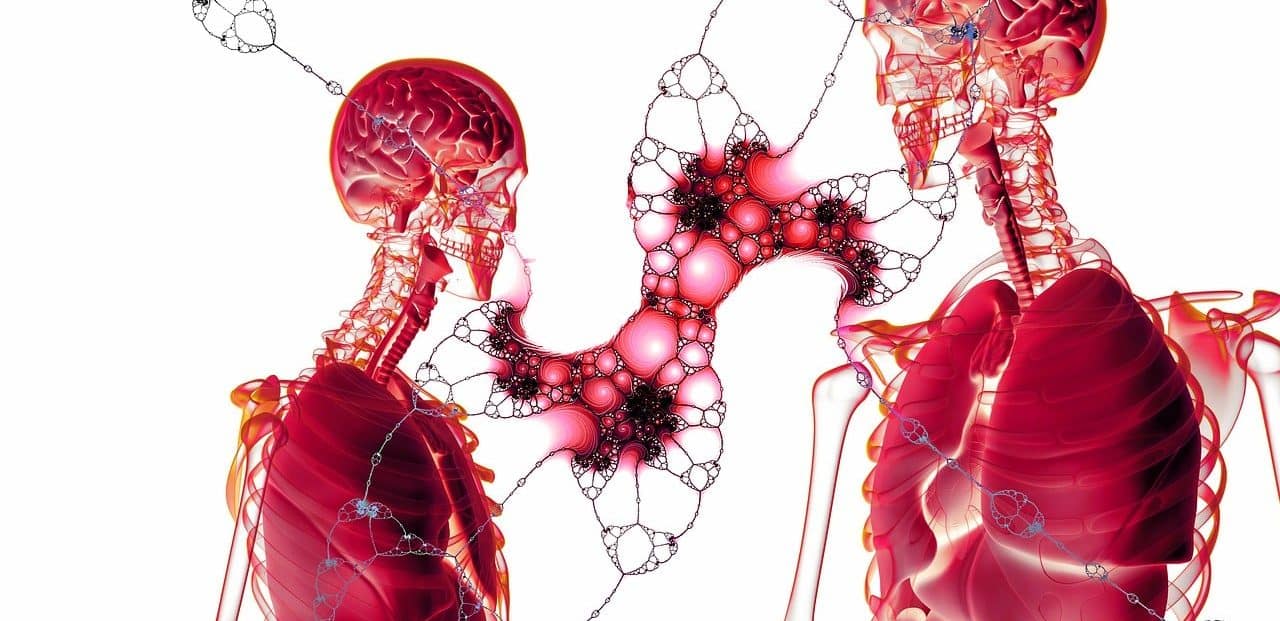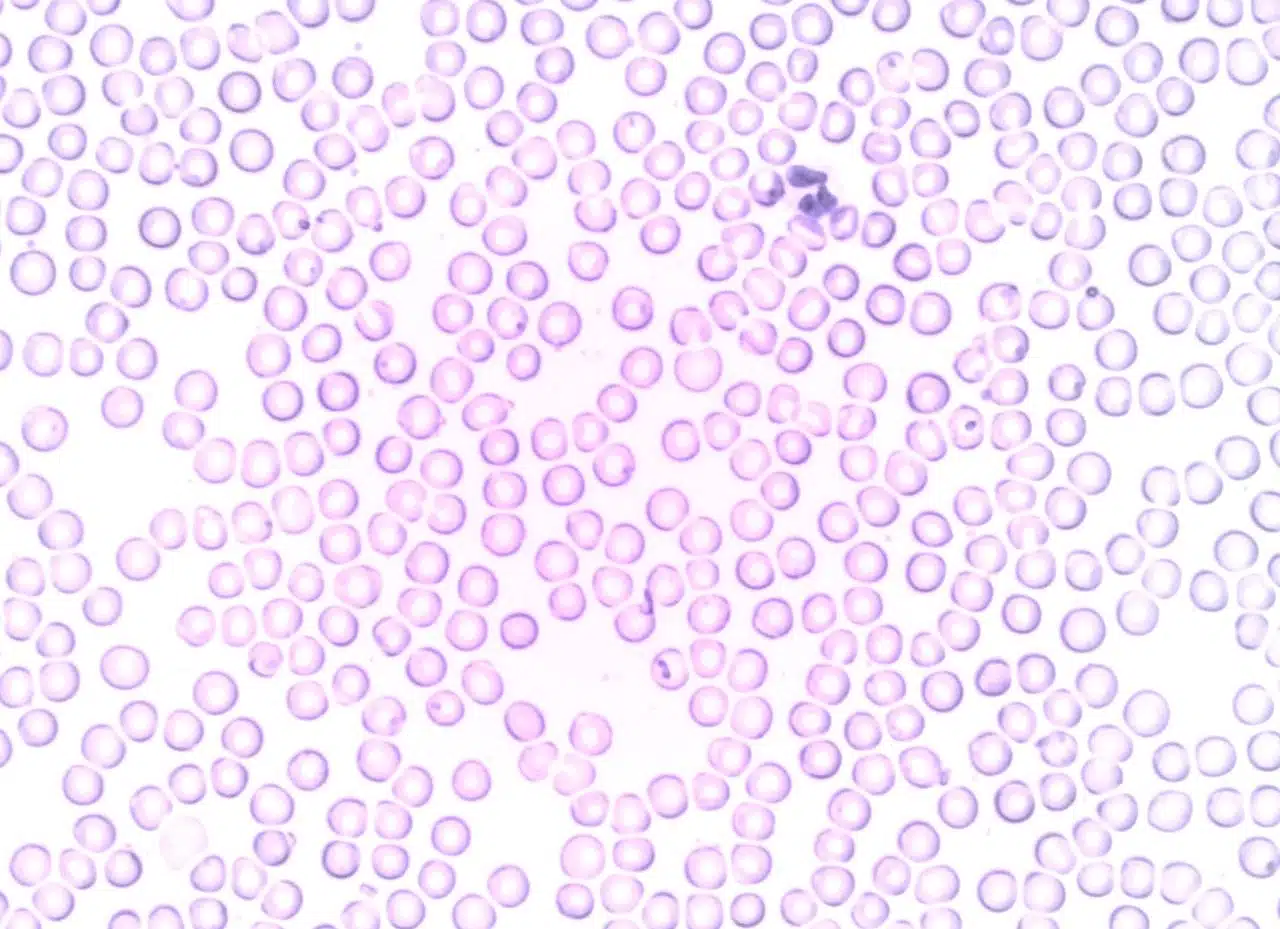
White blood cells are blood cells.
White blood cells are the blood cells that are responsible for carrying out the immune response , acting in the body's defense against antigens and foreign substances. Also called leukocytes , they form the set of formed elements of blood along with red blood cells and platelets.
From the Latin globulus , globule is a small spherical body . The term is short for balloon and is usually used to name the cells that make up blood . It can be distinguished, as we already indicated, between white blood cells and red blood cells .
The origin of white blood cells is found in the bone marrow and lymphatic tissue . Lacking pigments, they are classified as "white" to differentiate them from red blood cells.
Characteristics of white blood cells
A leukocyte is a mobile cell between 8 and 20 micrometers, which moves through pseudopods . It has a nucleus , mitochondria and other cellular organelles, and can leave the blood vessels thanks to a mechanism known as diapedesis that allows it to prolong its cytoplasmic content.
According to the shape of the nucleus, white blood cells can be divided into lymphocytes , monocytes , neutrophils , basophils or eosinophils . Depending on the staining characteristics, on the other hand, one can speak of granulocytes , agranulocytes , neutrophils or basophils .
It is possible to record alterations in the size, shape and function of white blood cells. These disorders are caused by hereditary diseases , infections, reactions to a medication or anemia , for example. Leukocytosis is an increase in the number of white blood cells, while a decrease is called leukopenia .

White blood cells act in the immune response.
leukocytosis
When the number of white blood cells is greater than 11 thousand per cubic millimeter , it is called leukocytosis . This disorder may be due to an excessive growth of the population of neutrophils (which should occupy between 54% and 62% of the total leukocytes), lymphocytes (whose normal percentage is between 25% and 33%) or monocytes ( which cannot exceed 7%).
It is not normal, on the other hand, for leukocytosis to arise from an increase in basophils and eosinophils, since this should be considerable. Likewise, all cell lines do not typically increase contemporaneously in normal situations.
For doctors to diagnose the origin of leukocytosis, it is necessary to study the distribution of the various types of white blood cells; Generally, based on this information , they can indicate a treatment prior to carrying out complementary tests, which can be extended for up to several days to finally give the specific result.
Causes of abnormal white blood cell growth
Unnormal growth in the absolute value of white blood cells can occur for a large number of reasons, including the following:
- Infections.
- Acute abdomen (serious condition characterized by symptoms in the abdominal area, related to a disease of the intra-abdominal organs).
- Obstructions in the intestine.
- Alterations in the liver.
- Fatigue due to excessive exercise, which can produce a sudden and sustained secretion of adrenaline, for example.
- Stress , which can also cause leukopenia (decrease in white blood cells below 3 thousand per cubic millimeter).
- Pregnancy, case in which lymphocytes decrease.
- Digestive problems.
The treatment
To recover the normal number of white blood cells, treatment is not always necessary, since the cause of leukocytosis is usually worked on. When the origin is an infection, for example, it is enough for it to disappear for the values to return to normal.
In serious cases such as bone marrow disorders, the solution is usually a transplant, chemotherapy and blood transfusions. Other treatments include intravenous fluids, medications, and leukapheresis (taking blood to remove white blood cells before injecting it back into the patient).
